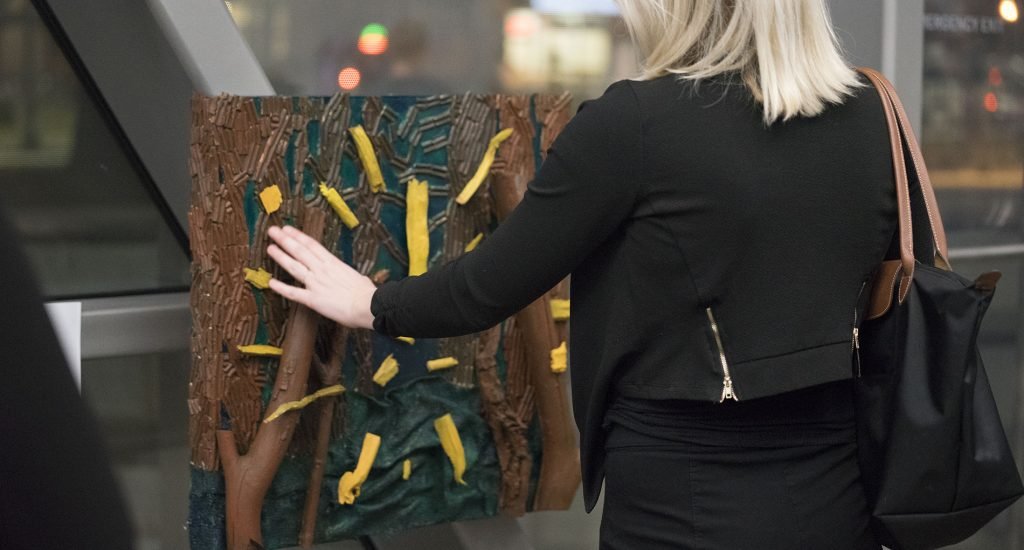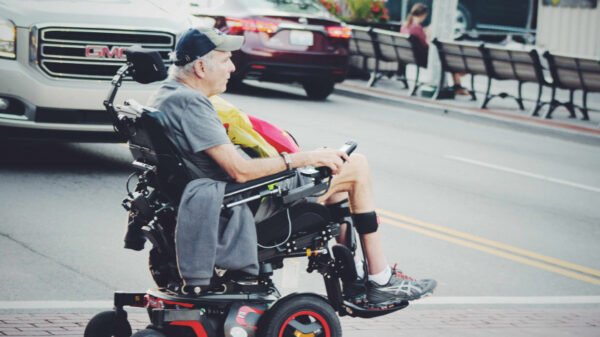Introduction
Art and entertainment have always been powerful mediums for self-expression, creativity, and cultural exchange. However, for many years, these forms of expression were often limited to a select few, leaving many individuals and communities feeling excluded. Fortunately, in recent years, there has been a growing trend towards making art and entertainment more accessible and inclusive for everyone. This article explores some of the key trends in accessible and inclusive entertainment, highlighting the importance of creating opportunities for all individuals to engage with and enjoy various art forms.
1. Accessible Venues and Spaces
One of the most significant trends in accessible and inclusive entertainment is the focus on creating venues and spaces that are accessible to individuals with disabilities. This includes providing ramps, elevators, and other accommodations to ensure that people with mobility challenges can easily navigate and enjoy the space. Additionally, there has been a push to improve audio and visual systems, making sure that individuals with hearing or visual impairments can fully experience performances and exhibitions. By prioritizing accessibility in venue design, art and entertainment organizations are opening up opportunities for a wider audience to participate and engage.
2. Inclusive Programming
Another important trend is the development of inclusive programming that caters to diverse audiences. This includes featuring artists from different backgrounds and cultures, as well as showcasing a wide range of artistic styles and genres. By embracing diversity in programming, art and entertainment organizations can create spaces that are welcoming and representative of the communities they serve. Inclusive programming not only provides opportunities for underrepresented artists to showcase their work but also allows audiences to experience different perspectives and narratives.
3. Sensory-Friendly Performances
Many art and entertainment organizations are recognizing the importance of creating sensory-friendly performances for individuals with sensory sensitivities, such as those on the autism spectrum. These performances often include adjustments to lighting, sound levels, and other sensory elements to create a more comfortable and inclusive experience. Sensory-friendly performances allow individuals who may typically find traditional performances overwhelming to engage with and enjoy the arts in a way that suits their needs. This trend not only benefits individuals with sensory sensitivities but also promotes a more inclusive and understanding society.
4. Digital Accessibility
In today’s digital age, accessibility extends beyond physical spaces. The trend towards digital accessibility in art and entertainment ensures that individuals can engage with artistic content online. This includes providing closed captions for videos, transcripts for podcasts, and alternative text descriptions for images. By making digital content accessible, art and entertainment organizations can reach a wider audience and ensure that individuals with disabilities can fully participate in and enjoy the artistic experience.
5. Community Engagement and Collaboration
Art and entertainment organizations are increasingly recognizing the importance of community engagement and collaboration. This involves actively seeking input from the community and involving local artists and organizations in the planning and execution of events and exhibitions. By involving the community, art and entertainment organizations can ensure that their programming is relevant and responsive to the needs and interests of the people they serve. This collaborative approach fosters a sense of ownership and belonging, making art and entertainment more accessible and inclusive for all.
Conclusion
The shift towards accessible and inclusive entertainment is a positive and necessary development in the art world. By prioritizing accessibility in venues, embracing diversity in programming, creating sensory-friendly experiences, ensuring digital accessibility, and engaging with the community, art and entertainment organizations are making significant strides towards providing opportunities for all individuals to engage with and enjoy various art forms. This trend not only enhances the overall cultural landscape but also promotes inclusivity, diversity, and equal access to artistic expression.


































